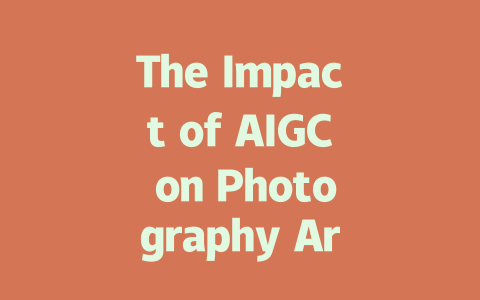
In the rapidly evolving digital landscape, Artificially Intelligent Generated Content (AIGC) is reshaping various fields, including photography and art education. As educational institutions adapt to technological advancements, understanding the effects of AIGC on photography education becomes critical. This article explores the transformative impact of AIGC on photography art education, examining its benefits, challenges, and future prospects.
Redefining Creative Processes
One of the notable impacts of AIGC in photography is its ability to redefine creative processes. Traditional photography involves complex techniques that require a significant amount of practice and skill. AIGC tools serve as digital assistants, enabling students to experiment with different styles and techniques without the steep learning curve. By using AIGC, photography students can:
This newfound freedom encourages students to explore their creativity, inspiring innovative approaches to photographic expression.
Enhancing Learning Experiences
AIGC technologies enhance learning experiences in photography art education by providing interactive and engaging tools. For example, platforms that utilize AIGC can offer personalized tutorials, instant feedback on student submissions, and contextually relevant resources tailored to individual learning styles. Some benefits include:
These enhancements create a more dynamic and effective learning environment.
Fostering Inclusivity and Diversity
Another significant advantage of AIGC in photography art education is its potential to foster inclusivity and diversity. Traditional barriers such as socioeconomic status, access to specialized equipment, and geographic limitations can hinder aspiring photographers. AIGC can help bridge these gaps by offering:
By promoting inclusivity, AIGC nurtures a richer and more varied artistic landscape in photography education.
Addressing Ethical Concerns
While the integration of AIGC in photography art education presents numerous benefits, it also raises ethical concerns. Issues surrounding authorship, copyright, and the authenticity of AIGC-generated works need to be carefully navigated. Educators must address these concerns by:
By addressing these ethical dimensions, educators can prepare students for responsible engagement with AIGC technologies.
Preparing for the Future
As AIGC continues to evolve, its role in photography art education will likely expand. Educational institutions must remain adaptable to ensure that they equip students with the necessary skills to thrive in a future where AIGC plays an integral role. This includes:
By proactively preparing for future developments in AIGC, educational institutions can empower the next generation of photographers to succeed in a changing artistic landscape.
Conclusion
The impact of AIGC on photography art education is profound and multifaceted. By redefining creative processes, enhancing learning experiences, fostering inclusivity, addressing ethical concerns, and preparing for the future, AIGC stands to transform the way photography is taught and practiced. As educators embrace these changes, the future of photography art education looks promising, filled with fresh opportunities for creativity and innovation.







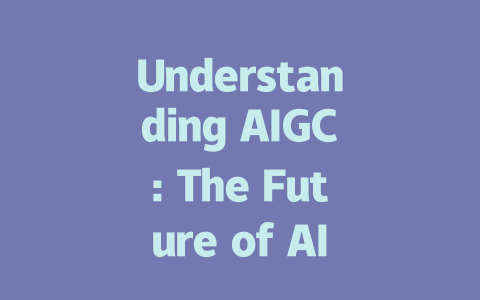
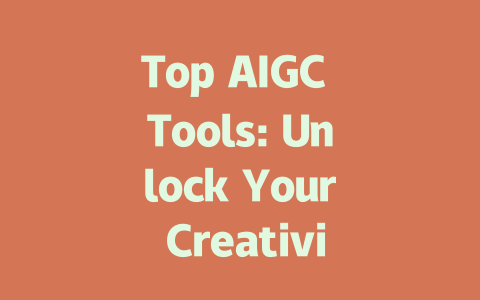
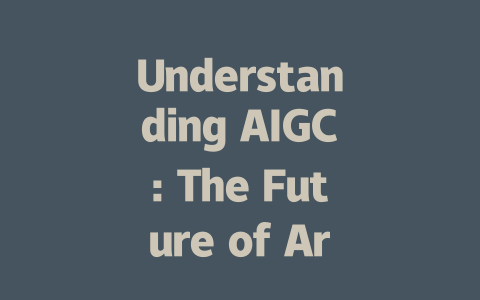
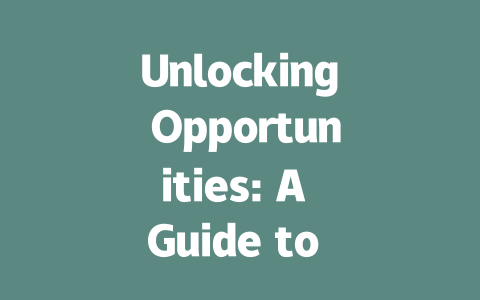

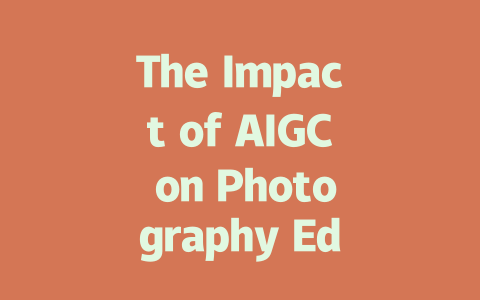

暂无评论内容